1. More Than Just Ice – Japan’s Shaved Ice Evolution
When summer heat hits Japan, locals and travelers alike seek out one of the country’s most iconic refreshments: kakigori, or Japanese shaved ice.
But this isn’t just any icy treat. Once the humble offering of summer festivals and school fairs, kakigori has undergone a dramatic transformation. Today, it’s a gourmet dessert, crafted by specialists, made with ultra-fine ice and layered with high-quality, often seasonal ingredients.
Instagram-worthy, surprisingly complex, and rooted in centuries of tradition, kakigori represents both Japan’s deep respect for craftsmanship and its flair for reinvention.
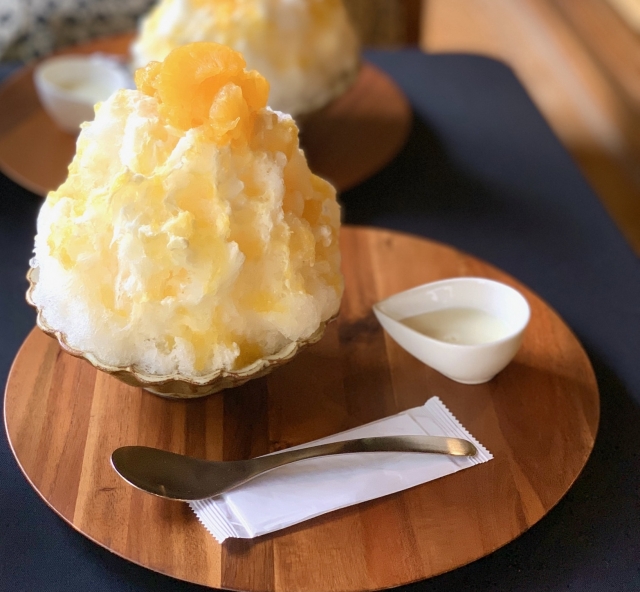
2. A Chilled Legacy: The History of Kakigori
Long before refrigeration existed, Japan was already enjoying kakigori. Historical records trace it back to the Heian period (794–1185), where it was a rare luxury consumed by the aristocracy. Ice was collected from mountains in winter and stored in ice houses—a symbol of status and privilege.
As technology progressed, particularly during the Edo period, ice became more accessible to common people. By the early 20th century, kakigori was a summer staple across Japan, found at roadside stalls, matsuri (festivals), and seaside towns.
What began as an elite indulgence gradually became everyone’s summer delight.
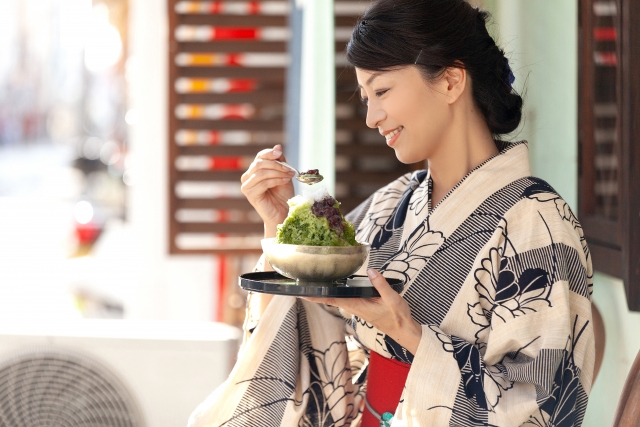
3. Why Modern Kakigori Is a Gourmet Artform
Forget the crunchy ice and neon syrups. The kakigori you’ll find in today’s specialty shops is an entirely different experience.
Texture is everything.
High-end kakigori is made using pure water, frozen slowly over 48–72 hours, with air bubbles removed to create a dense, transparent block of ice. This allows the ice to be shaved into incredibly soft, snow-like flakes that melt instantly on the tongue.
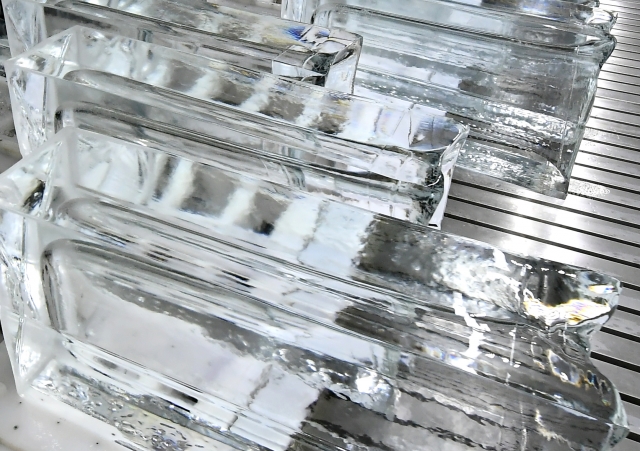
The technique matters, too.
Many shops still use hand-cranked machines, allowing them to adjust pressure and speed based on the humidity and type of ice used that day. Some even train for months to get the shaving just right.
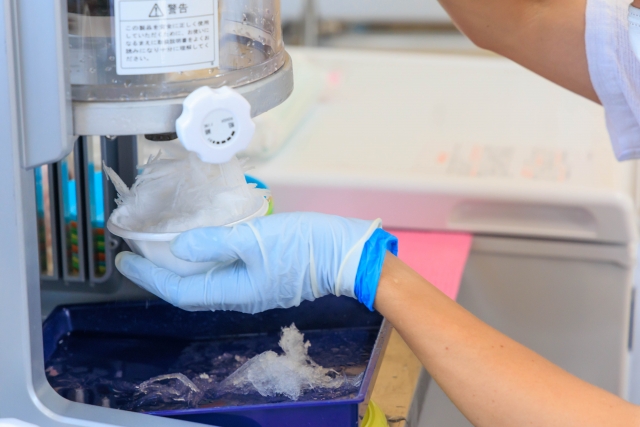
Then there are the toppings.
Gone are the days of basic syrups. Instead, think homemade strawberry purée, matcha cream, Earl Grey milk tea, or even brûléed meringue. Some use vegetables like pumpkin or sweet potato for natural sweetness and texture.
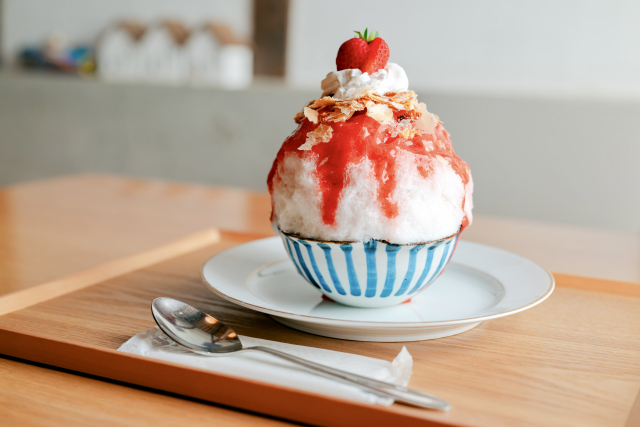
And yes — it looks amazing.
Modern kakigori is often plated like an artwork, making it as fun to photograph as it is to eat.
4. Types of Kakigori to Try in Japan
Whether you're wandering Tokyo's backstreets or exploring Kyoto’s old neighborhoods, you’ll find kakigori styles that range from nostalgic to cutting-edge. Here are some must-try variations:
🍧 Classic Festival Kakigori
This is the version many locals grew up with—crushed ice in a paper cup, topped with brightly colored syrups like strawberry, melon, lemon, or blue Hawaii. It's cheap, cheerful, and often eaten with a straw-spoon combo. Perfect for summer festivals (matsuri).
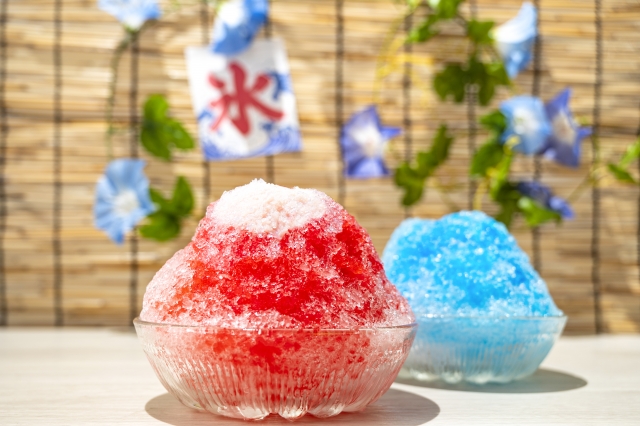
❄️ Fluffy-Style Kakigori
Popularized in the 2010s, this type features ultra-fine, snow-like ice that’s soft as powder. It’s the result of high-quality ice and precise shaving. Flavors often include Earl Grey, black sesame, or caramel banana—and many are topped with cream, mochi, or custard.
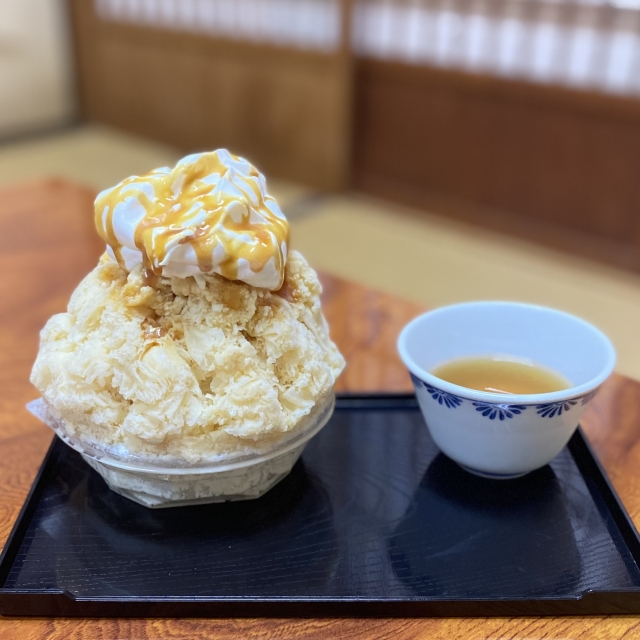
🍓 Fruit-Loaded Kakigori
Fresh fruit lovers, rejoice. These come topped with real fruit chunks, puréed sauces, or even whole slices layered in. Popular options include strawberry, mango, melon, and kiwi. Some shops even use seasonal vegetables like pumpkin or sweet potato for added richness.

🍵 Uji-Kintoki (Matcha & Red Bean)
A Kyoto-born favorite, this traditional version pairs matcha syrup with azuki beans (red bean paste), mochi, and sometimes matcha ice cream. The flavor is rich, earthy, and uniquely Japanese.

🔥 Creative & Theatrical Kakigori
Some shops push the limits of what kakigori can be. Think flambéed meringue, cheese foam, espresso shots poured tableside, or even savory elements. These are perfect for adventurous eaters—and yes, your Instagram feed.

🗾 Regional Specialties
Japan’s local pride shows up in kakigori, too. In Okinawa, you might find it topped with sea salt and black sugar syrup. In Nagano, try wasabi syrup (!). Some shops even use local spring water or famous mountain ice to craft the base.
5. How to Eat Kakigori Like a Pro
Kakigori is simple, but a few tricks will help you get the most out of it.

📝 Tips:
- Start from the top: Don’t dig too deep at once. Work your way down gently to keep the shape.
- Balance the syrup: Some bites will be sweeter—mix as you go so the flavor is even.
- Eat it before it melts: Take photos fast. Kakigori waits for no one.
- Avoid brain freeze: Take small bites. (Good ice melts gently, so brain freeze is less common!)
- Mix and match toppings: Don’t be afraid to experiment—every spoonful can be different.
6. The Uniqueness of Japanese Kakigori: How It Stands Apart from Other Frozen Sweets
Why Japanese Kakigori Stands Out Among Frozen Desserts Around the World
There are many types of frozen sweets around the world—Italian gelato, American ice cream, Korean bingsu, and Taiwanese xuehuabing (snowflake ice). Each has its own personality, but Japanese kakigori embodies a unique aesthetic that emphasizes "space" and "pause"—concepts rarely found in other cultures’ sweets.
While frozen desserts in other countries tend to focus on richness, volume, and bold flavors, kakigori places value on the presence of the ice itself and the fleeting sensation of it melting instantly in the mouth. This subtle and delicate appreciation is closely connected to Japan’s traditional culture, such as the seasonal sensitivity found in tea ceremonies or wagashi (Japanese sweets).
The Aesthetic of “Unassertive Deliciousness”
Ice cream and gelato, both made from dairy fats, deliver rich, dense flavors that linger on the tongue. In contrast, kakigori disappears almost instantly the moment it touches your tongue. This transient, clean finish reflects a uniquely Japanese sense of beauty.
In other words, kakigori is a dessert that holds back on bold flavors, leaving space for the diner’s imagination and sensitivity to complete the experience. This concept parallels the negative space in Japanese paintings or the brevity of haiku, both of which invite personal interpretation. It’s a distinctly Japanese approach to enjoyment.
When the Experience Becomes the Flavor
In many countries, frozen desserts are daily treats—something you casually pick up at home or from a supermarket. In Japan, however, kakigori often includes elements of intentionality and occasion: going out of your way, waiting for the right season, even standing in line.
For example, some shops age and serve natural ice (tennen-gōri) that has been stored for years. In these cases, what you receive is more than a dessert—it’s a story. For tourists, kakigori becomes valuable not only for its taste, but also for where you eat it, when, and with whom. The experience itself becomes part of the flavor.
The Minimalist Philosophy of Toppings
In many other countries, frozen desserts and shaved ices are known for their extravagance—a mix of fruits, syrups, chocolates, and creams in one bowl. Japanese kakigori, on the other hand, often follows a philosophy of “subtraction” rather than addition: refining a single ingredient to bring out its full potential.
For instance, some shops use only wasanbon (traditional Japanese sugar) syrup to highlight the flavor of the ice, while others serve unsweetened Uji matcha to let the bitterness speak for itself. This kind of delicate, intentional design is closely tied to the approach seen in Japanese cuisine.
People’s reaction when eating
7. Final Thoughts: Not Just a Dessert, But an Experience
Kakigori is more than something to cool you down. It's a symbol of Japanese culinary creativity and cultural tradition, constantly evolving while respecting its roots.
From humble paper-cup snacks to multi-layered, handcrafted creations, kakigori proves that even ice can become a work of art in Japan.
So if you're visiting this summer—or any time of year—don’t miss the chance to try kakigori. Find a local specialty shop, order something bold, and taste Japan’s coolest dessert, literally.



